Table of Contents
Introduction
Every great fragrance tells a story—from its very first idea to the finished bottle in someone’s hand. If you’re a DIY perfumer or indie scent brand, mastering the end-to-end process from creative brief to shoppable product is your path to truly unique creations.
This guide is designed for makers and small brands, with actionable insight for each stage. You’ll find expert advice, practical checklists, optimization for “perfume formulation,” “custom fragrance,” and “artisanal packaging” keywords, and contextually relevant references to Packamor that help you solve the challenges of taking your scent from idea to shelf.
1. The Perfumery Brief: Your Scent’s Blueprint
A perfumery brief is not just paperwork—it’s the starting point that powers your creativity and keeps your project focused and efficient.
What to Include in a Perfume Brief
-
Target market: Who is your customer (luxury, minimalist, eco-conscious, etc.)?
-
Inspiration/Mood: Story, season, or place that inspires your fragrance.
-
Product type: Eau de Parfum, solid perfume, room spray, etc.
-
Performance goals: Longevity, projection, sillage.
-
Cost targets: Maximum price per fill, keeping indie budgets in mind.
-
Compliance needs: IFRA, vegan, cruelty-free.
-
Packaging vision: Style, materials, unique touches.
Tip: Save time by using a simple template for every new scent idea you develop!
Example Perfume Brief Table
| Category | Example Entry |
|---|---|
| Audience | Eco-minded millennials |
| Inspiration | Rain-soaked moss on a spring morning |
| Format | Eau de Toilette, 30ml |
| Key Notes | Vetiver, Blackcurrant, Wet Earth Accord |
| Budget | ≤ $3.50/bottle (juice cost) |
| Packaging | Recyclable box, minimal ink, uncoated |
2. Creative Concept: Inspiration, Trends & Mood Boards
How to Spark and Refine Your Unique Perfume Idea
-
Draw from everyday life: Favorite foods, nature walks, travel, personal memories.
-
Watch fragrance trends: Look to market data and niche blogs—soft florals, gourmand accents, or sustainable sourcing.
-
Create a mood board: Collect colors, art pieces, fabric swatches, and scent references on a digital board (Pinterest, Notion, or even paper).
-
Name your scent at the start: Working titles inspire focus and cohesion throughout development.
Insider Tip: Mood boards are extremely useful for aligning your branding and packaging with your scent’s emotional vibe. Packamor’s custom packaging inspirations can be a goldmine here.
3. Ingredient Selection: Naturals, Synthetics & Trends
The Modern Perfumer’s Palette
The secret to outstanding DIY fragrance? Mix, match, and understand the strengths of both natural and synthetic aromatics.
Choosing Ingredients
-
Naturals: Essential oils, absolutes, resins, CO2 extracts—depth and complexity, but sometimes unstable or allergenic.
-
Synthetics: Modern aroma chemicals—help boost performance, creative options, and lower costs.
-
Green Choices: Upcycled molecules, biodegradable bases.
Sourcing Best Practices
-
Buy from fragrance suppliers who provide safety and IFRA data sheets.
-
For unique botanicals, experiment with tinctures or home extractions.
-
Compare lab samples side-by-side before bulk buying.
| Ingredient Type | Pros | Cons |
|---|---|---|
| Naturals | Authenticity, story-rich | Stability, allergies |
| Synthetics | Consistency, affordable | Perceived as “unnatural” |
| Upcycled | Eco-friendly, trendy | Unique, limited supply |
4. Building a Fragrance Formula: Pyramid, Structure & Blending
The Fragrance Pyramid
-
Top Notes: First impression, evaporate quickly (citrus, herbs)
-
Heart Notes: Character & identity (florals, spices, fruits)
-
Base Notes: Longevity & depth (woods, resins, musks)
Steps to Build Your Formula
-
Start with a 5-10 ingredient “sketch” at a small scale (e.g., 5g).
-
Weigh all ingredients—drop counting is for beginners.
-
Blend each note group, test, then combine to evaluate harmony.
-
Document EVERY version in a dedicated formula log.
Sample Fragrance Formula Table
| Note | Ingredient | % of Concentrate | Weight (g/100g) |
|---|---|---|---|
| Top | Lemon EO | 15% | 15 |
| Heart | Rose Absolute | 25% | 25 |
| Base | Vetiver EO | 35% | 35 |
5. Stability Testing: From Lab Sample to Real-World Ready
Why Stability Matters
Poorly stabilized scents can change color, lose performance, or worse—go off completely on the shelf.
How to Test for Stability
-
Light exposure: Place samples in daylight for 1-3 weeks.
-
Time/Temperature: Store samples at room temperature and in a warm/cool environment.
-
Material compatibility: Test your formula in your actual packaging bottle.
-
Smell, color, and clarity check: Weekly for a month.
Checklist
-
Batch record-keeping
-
Compare to a fresh control sample over time
-
Note any cloudiness, separation, or odor drift
Packamor Tip: Custom packaging with protective boxes and UV shielding can extend your fragrance shelf life and reinforce your brand story.
6. Regulatory Compliance: Making Scents that Sell
Indie/DIY Must-Knows
-
IFRA Compliance: Follow ingredient restrictions for allergen safety.
-
Regional Rules: Label ingredients as per EU, US, or global markets.
-
Documents You’ll Need:
-
Ingredient list and percentages
-
Safety Data Sheets (SDS) for all raw materials
-
Certificate of Analysis or batch records
-
-
Product Safety Testing: Patch testing, skin irritation checks as appropriate.
DIY Compliance Table
| Task | Tip |
|---|---|
| IFRA Certificate | Use suppliers that provide IFRA data |
| Labeling | List allergens above 0.01% |
| Vegan/CF claims | Replicable evidence, clear labeling |
7. Scaling Up: Batch Making, Sourcing, and Costing
From Bench to Bottle
Scaling your formula means consistent quality and supply—two big hurdles for indie brands.
Key Steps:
-
Precise scaling: Convert formula to 100g, then 1kg or more, checking for solubility or scent drift.
-
Production partners: Vet contract manufacturers. Look for experience with artisan/niche perfume production runs.
-
Packaging sources: Sample standardized and custom options.
-
Costing worksheet: Include not just raw materials, but packaging, filling, compliance, and shipping.
Batch Scaling Formula Example
| Stage | Scale | Notes |
|---|---|---|
| Lab | 10g | Test, refine |
| Pilot | 100g - 1kg | Shelf-life, packaging test |
| Launch | 10kg+ | Final cost, regulatory ready |
Pro Tip: Packamor offers scalable packaging solutions perfect for small batch launches and growing brands—no need to overbuy or compromise on style.
8. Packaging & Branding: The Final Flourish
More than a Pretty Box
Packaging isn’t just functional—it’s an essential part of your scent story, SEO (“sustainable fragrance packaging”, “custom perfume boxes.
Packaging Checklist
-
Eco-friendly materials or minimalist cartons (great for SEO and eco-conscious customers)
-
Clear labeling—transparent ingredients, batch codes, allergen info
-
Visual consistency with your mood board colors and design
-
Tamper-proof seals and protective inserts
Sustainable Packaging Table
| Feature | Benefit |
|---|---|
| Recyclable/Compostable | Attracts eco-friendly buyers |
| Custom Inserts | Protect fragile bottles in transit |
| Minimal Ink Design | Aligns with clean beauty values |
Packamor can help you customize stunning, sustainable packaging that stands out on shelves and in social media unboxing moments—ask about low-MOQ options for indie brands!
9. Launching Your Perfume: Marketing, Content & Community
Building Buzz in the DIY/Small Brand Scene
-
Storytelling: Share your “scent journey” through blog posts, behind-the-scenes videos, and customer spotlights.
-
SEO Optimization: Target keywords like “artisan perfume,” “handmade fragrance,” and “niche scent packaging.”
-
Social proof: Engage early testers for reviews, unboxings, and testimonials.
-
Email marketing: Offer launches, samples, and special editions to your subscriber list.
-
Wholesale outreach: Approach local boutiques, lifestyle shops, and e-commerce partners.
Launch Content Ideas
-
Formula diaries (with ingredient sourcing stories)
-
Packaging reveals (photo teasers, unboxing videos)
-
Customer Q&A (“How this indie scent came to life”)
10. Common Challenges & Pro Tips
Top Indie Formulation Hurdles
-
Fragrance instability in natural-heavy blends
-
Unpredictable ingredient sourcing or price spikes
-
Scaling from 10 bottles to 1,000 without formula drift
-
Packaging delays or supply chain slowdowns
Troubleshooting Table
| Challenge | Solution |
|---|---|
| Color changes | Add antioxidants, darker glass |
| Scent performance | Test fixative levels |
| Cost overruns | Track costs, adjust batch sizes |
| Label compliance | Use templates, cross-check regs |
Conclusion: From DIY Dream to Market-Ready Masterpiece
Every craftsman dreams of seeing their creation in the hands of happy fans. By moving step by step—from clear brief to finished product, all the way through compliance, scaling, and packaging—you turn that dream into a thriving reality.
Whether you’re about to launch your first true signature scent or scale up for newfound fans, each action you take (from detailed documentation to smart ingredient sourcing, to stunning sustainable packaging) is a building block for success.
Packamor is ready to support your journey with customizable, indie-friendly packaging solutions designed for both beauty and practicality—your story, your scent, your brand.
Quick Reference: Indie Perfume Formulation Success Checklist
-
Start with a detailed, inspiring brief
-
Build a focused mood board
-
Blend with both naturals & synthetics for flexibility
-
Test and track stability rigorously
-
Prioritize regulatory compliance from day one
-
Scale up methodically and watch batch consistency
-
Design packaging that protects and delights
-
Market with storytelling, community, and strong online content
-
Keep learning and iterating
-
Partner with trusted platforms like Packamor for packaging and scaling needs
Ready to bring your next fragrance formula to life—beautifully bottled and protected for niche scent lovers worldwide? Discover how Packamor can help you package your creativity and scale your indie brand effortlessly!


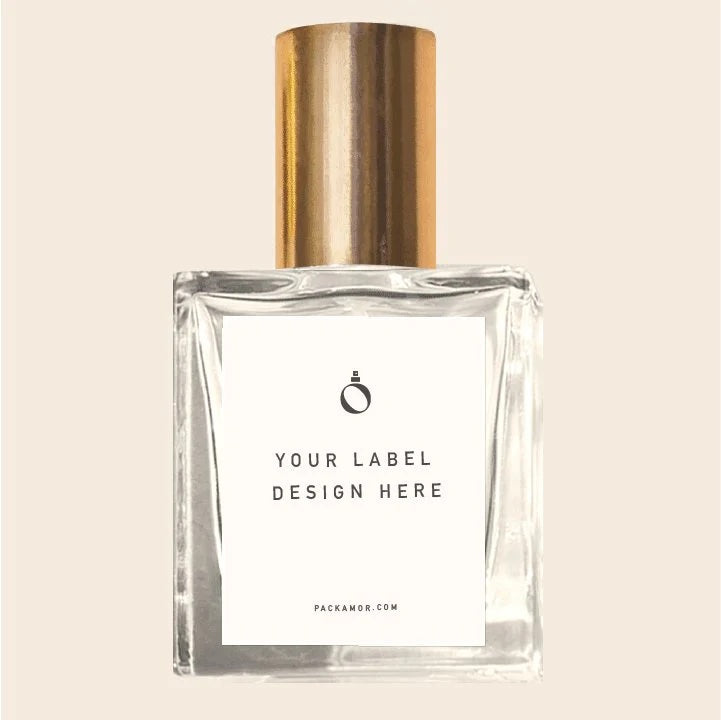

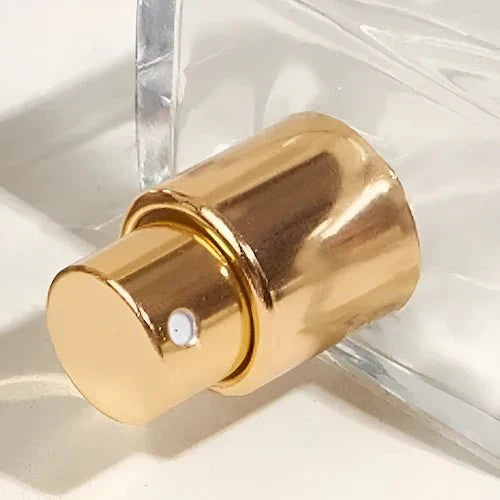
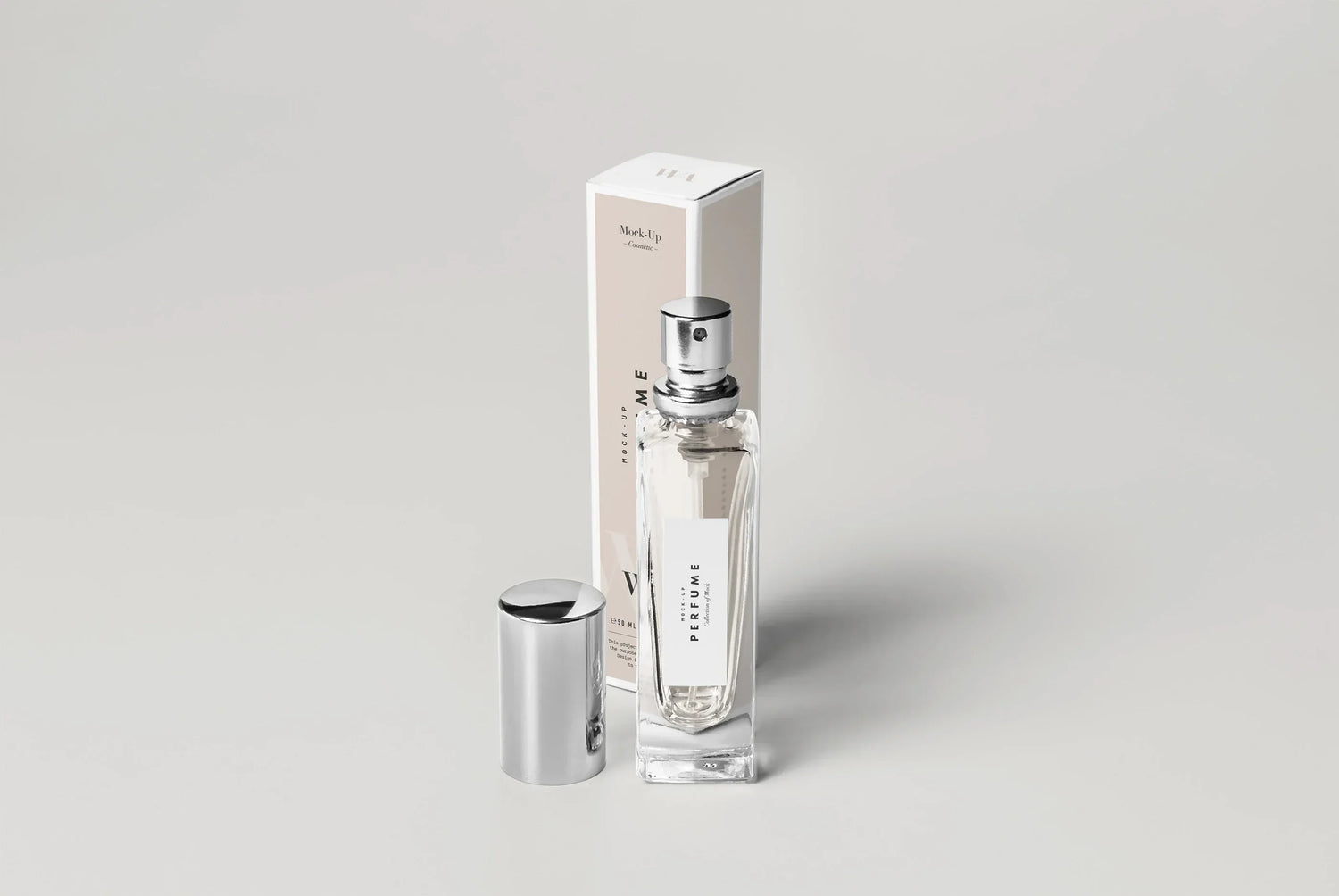
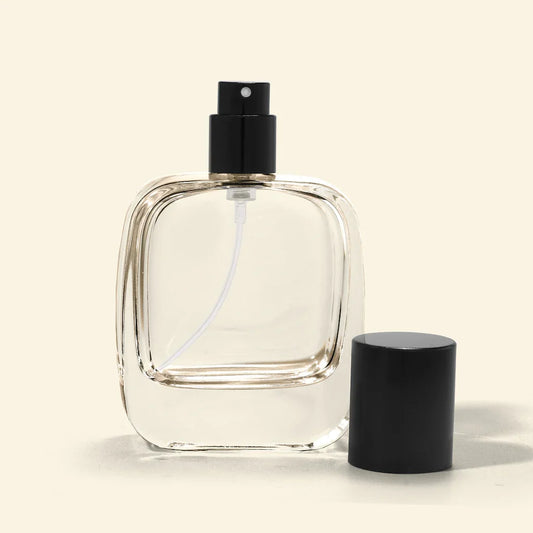
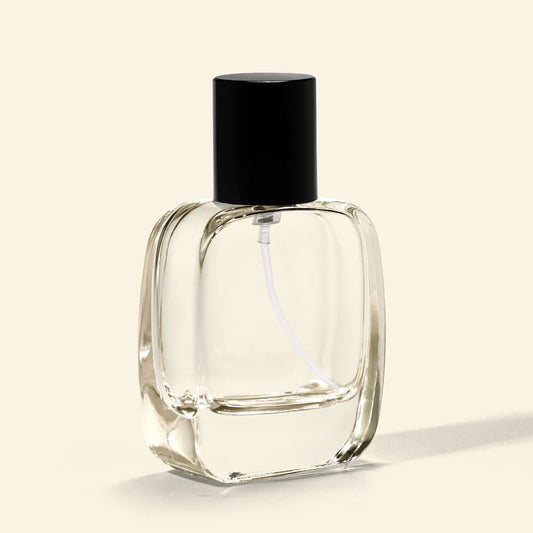

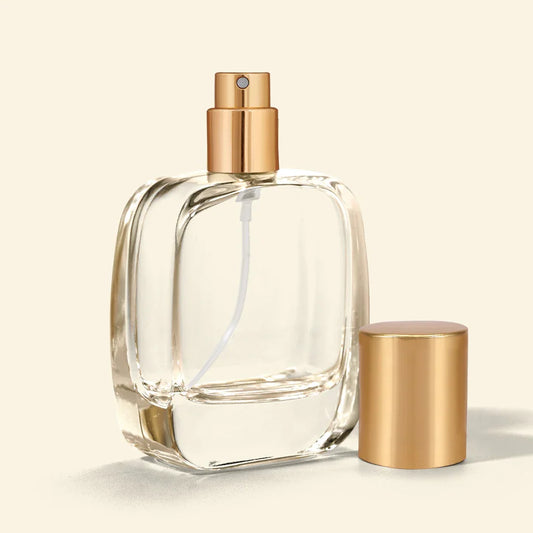
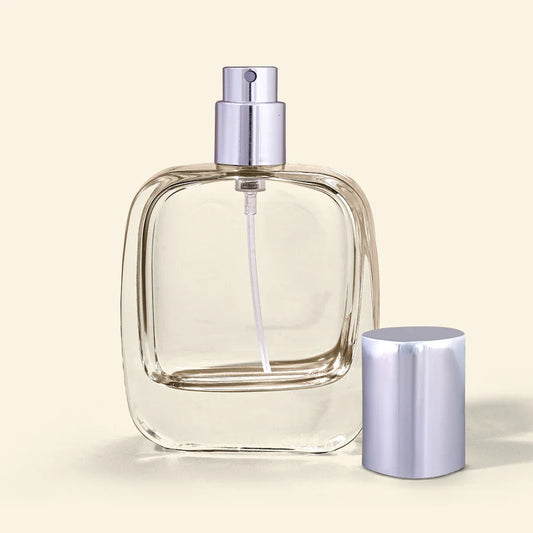
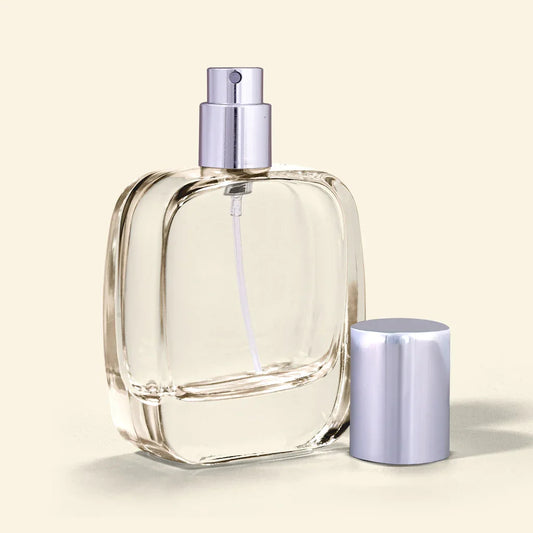
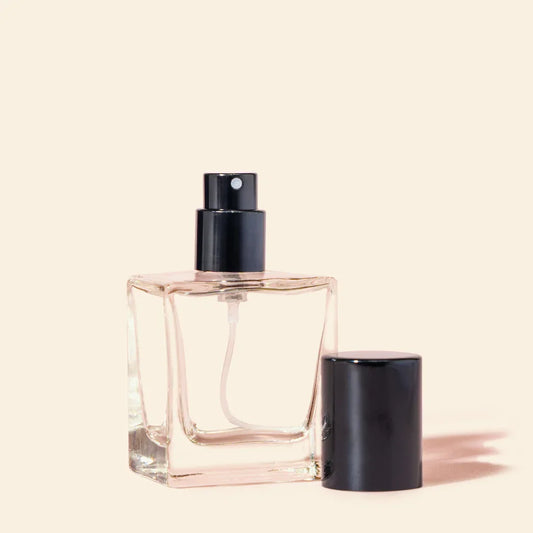
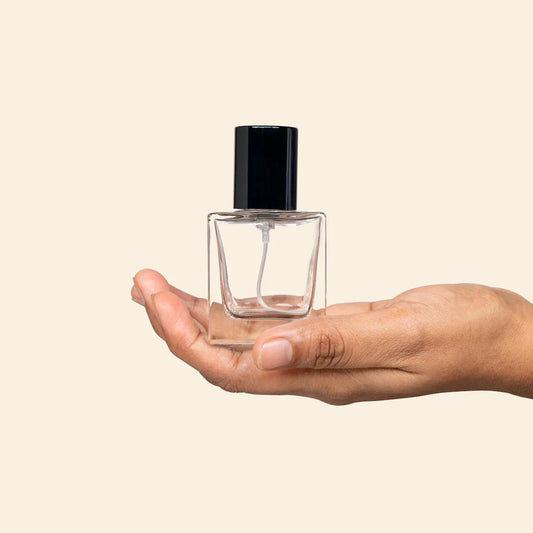
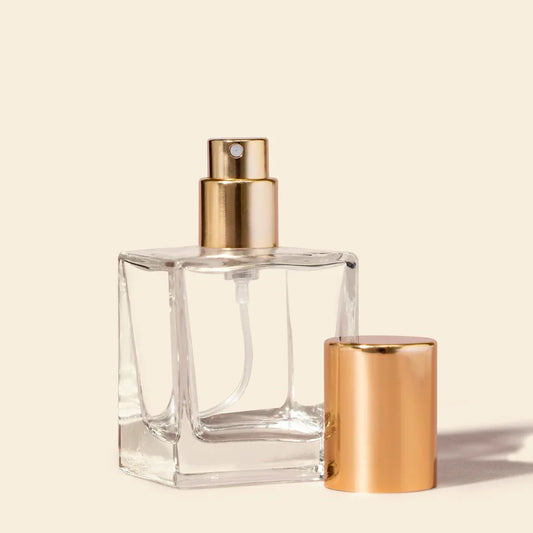
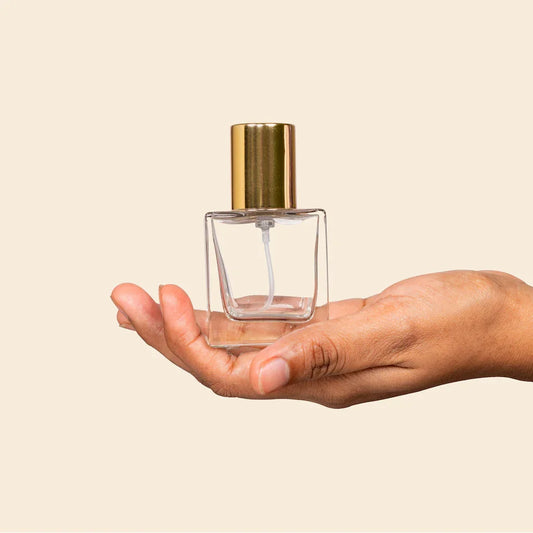

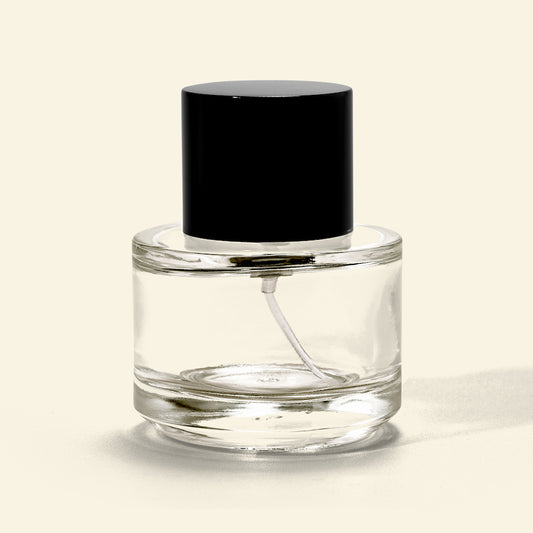
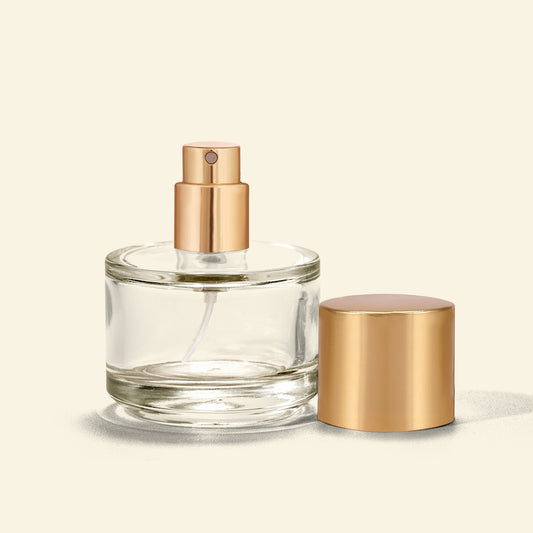
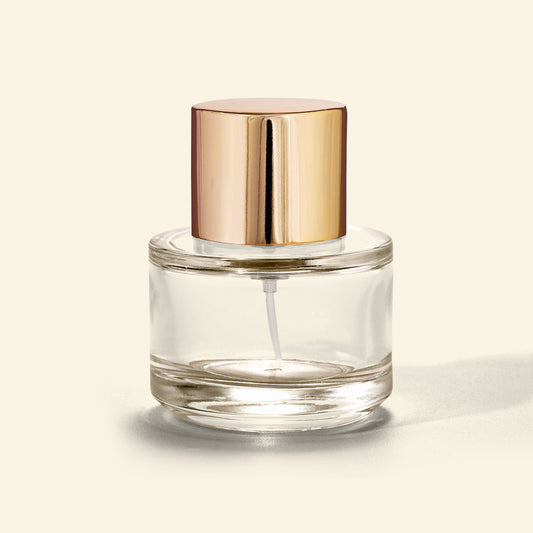
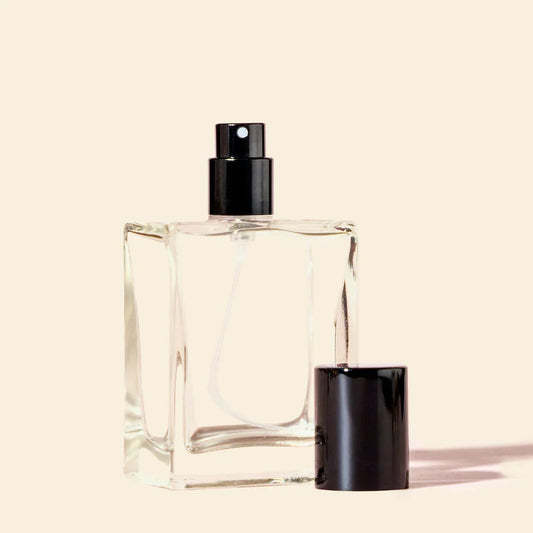
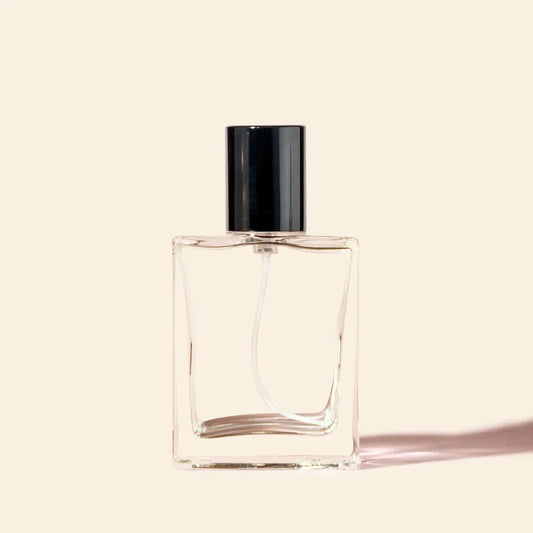
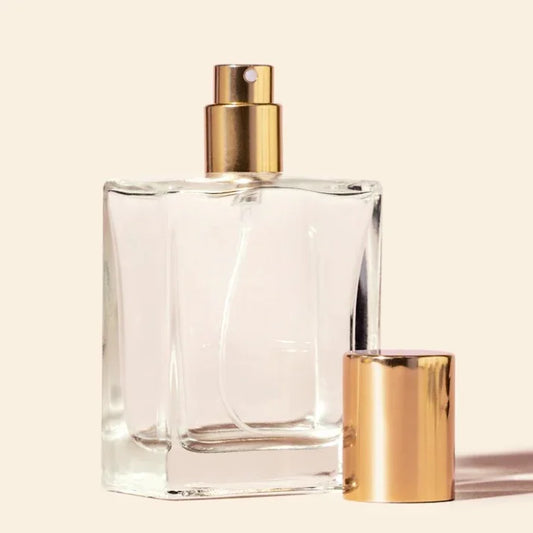
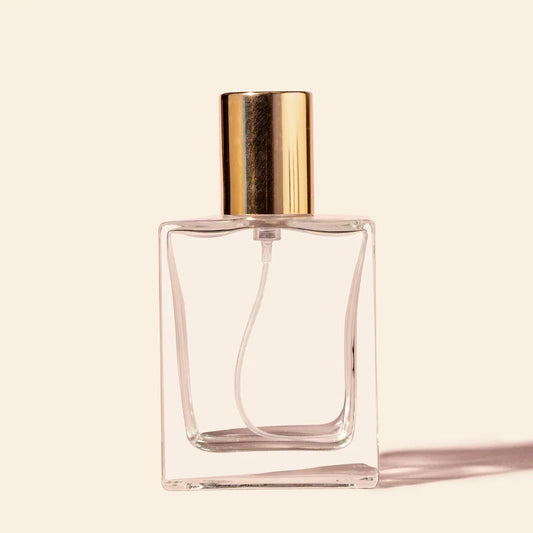

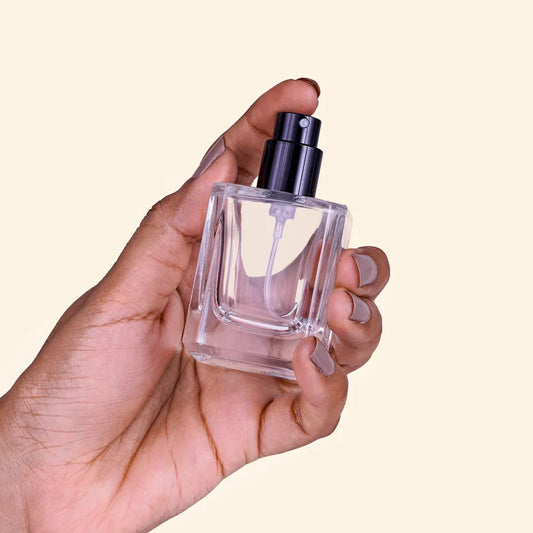
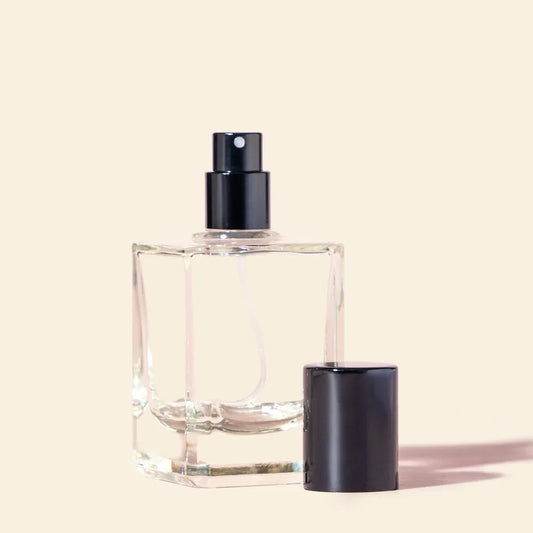
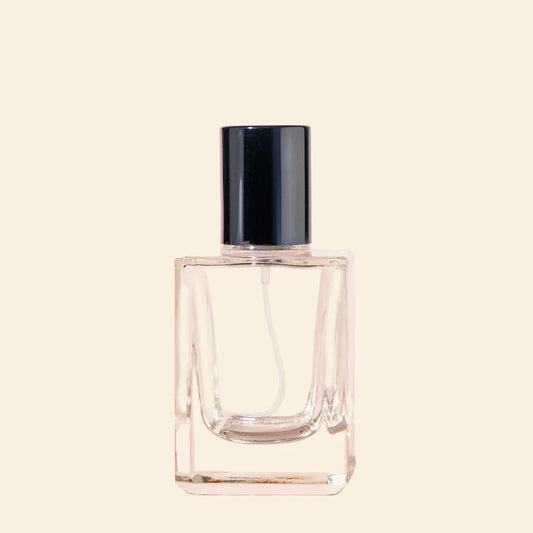
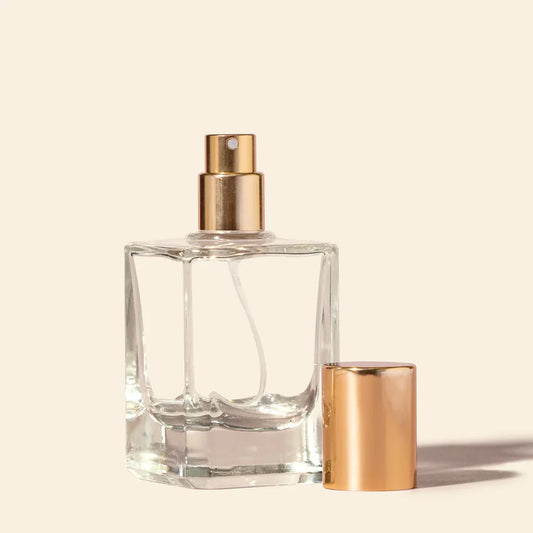
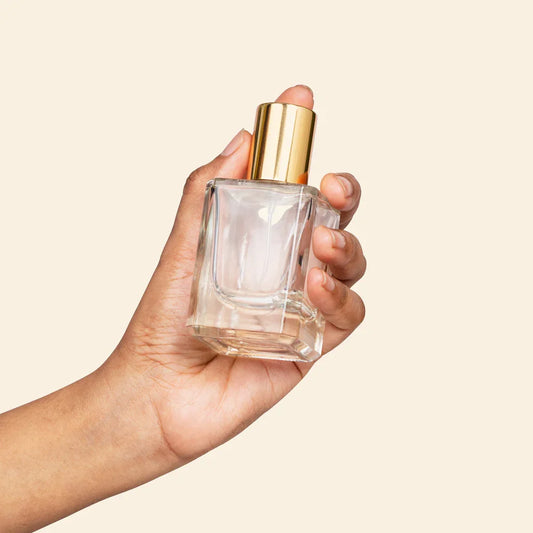
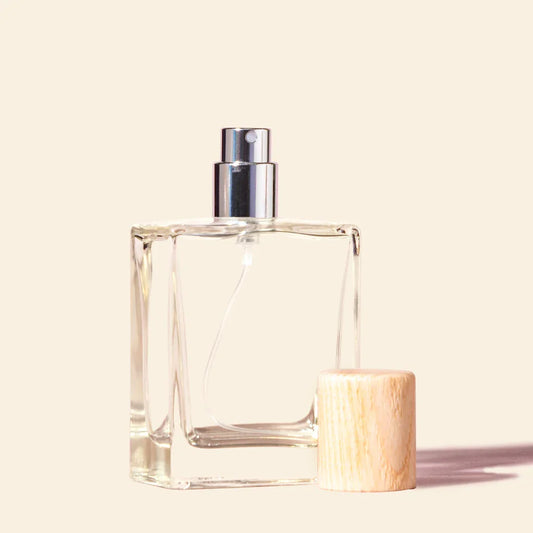
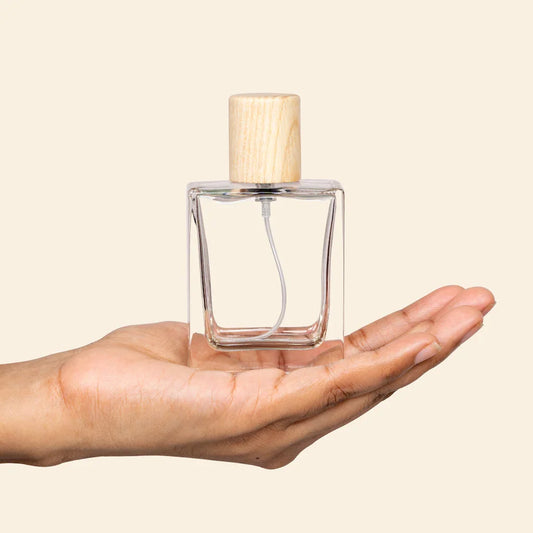
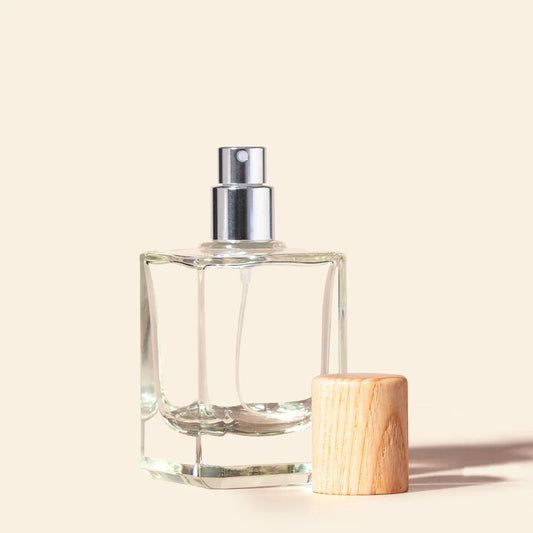
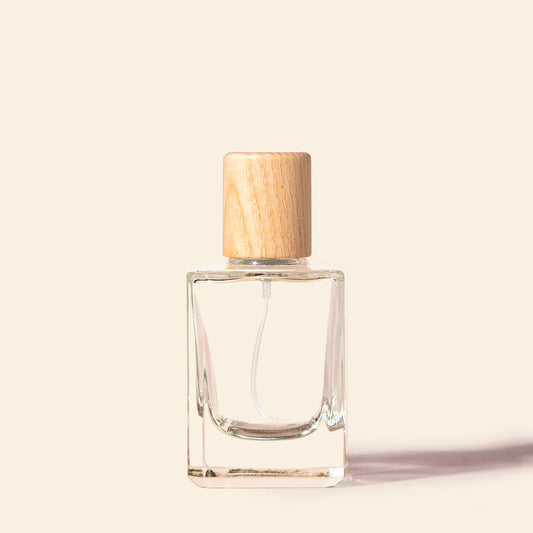
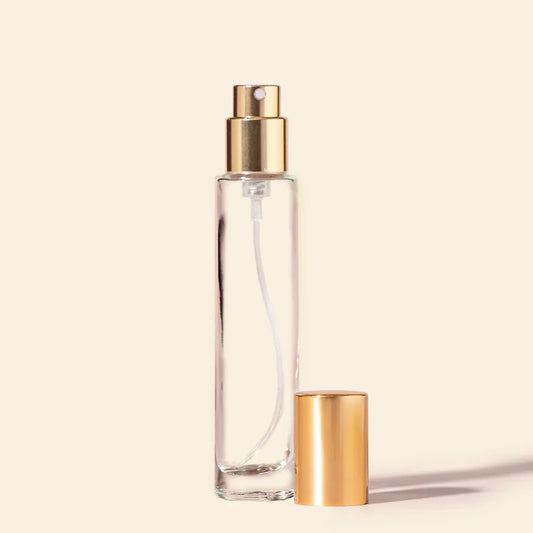
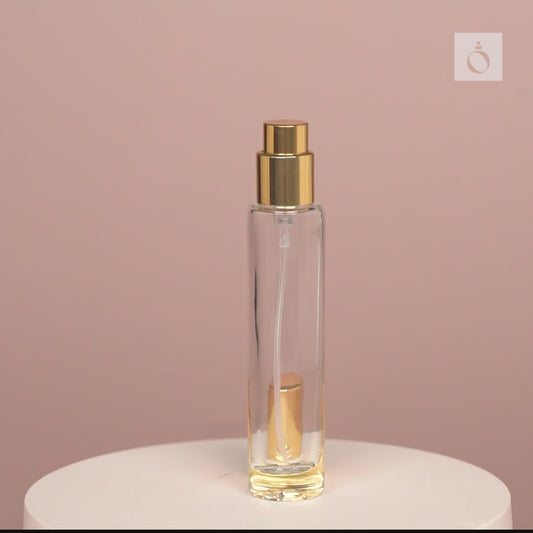
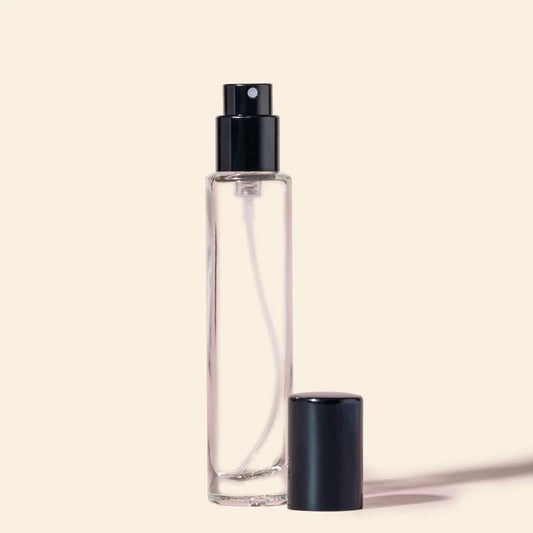

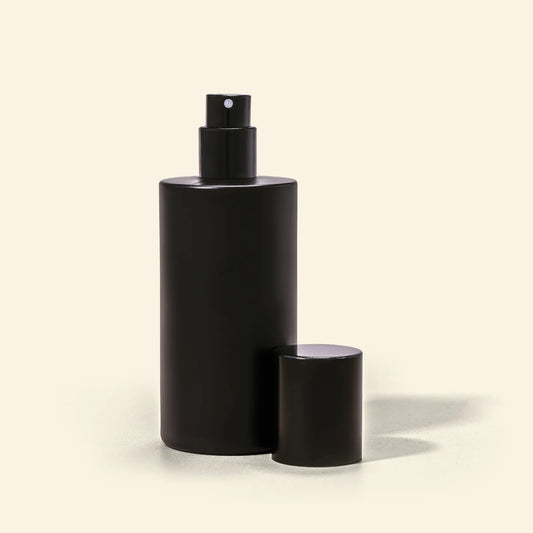

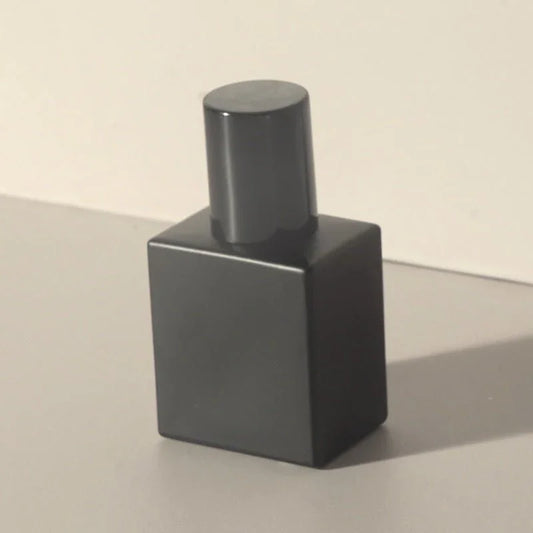
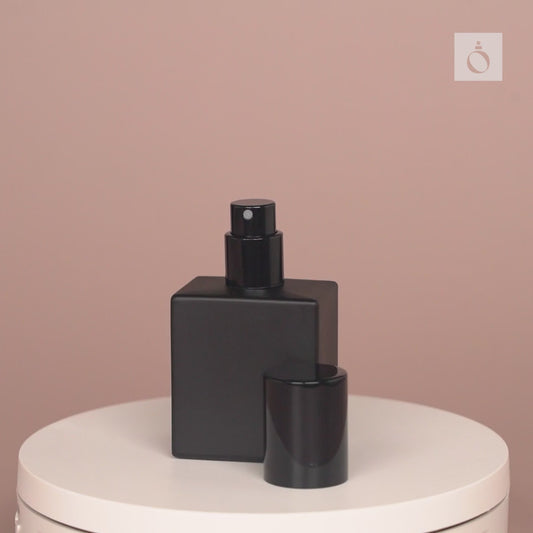
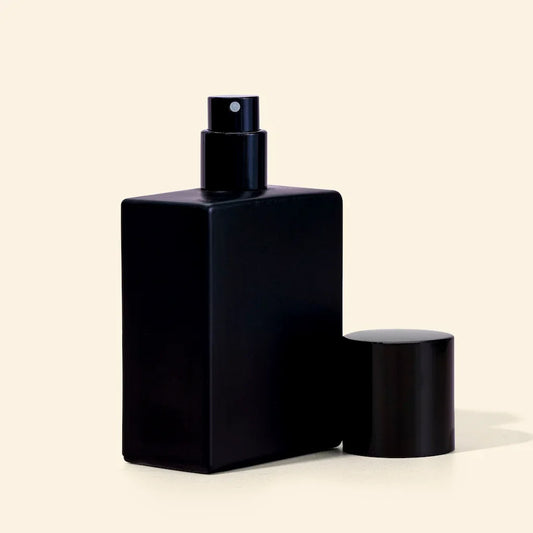
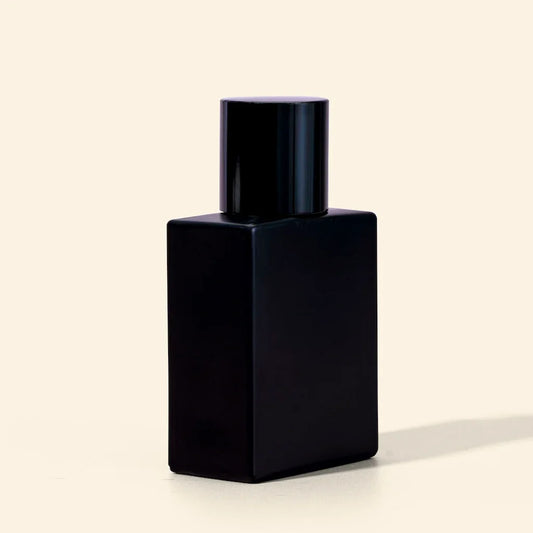

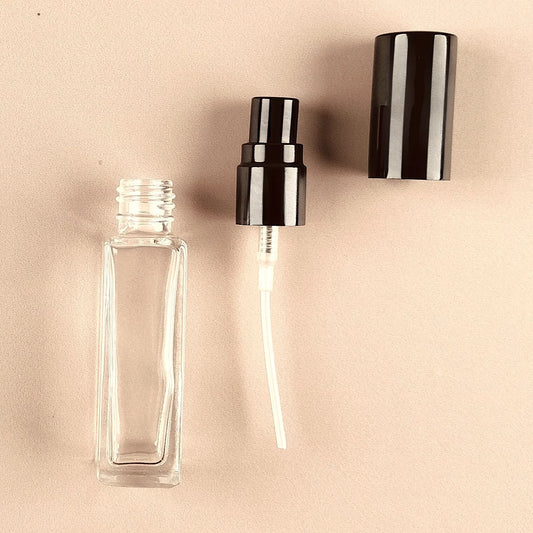
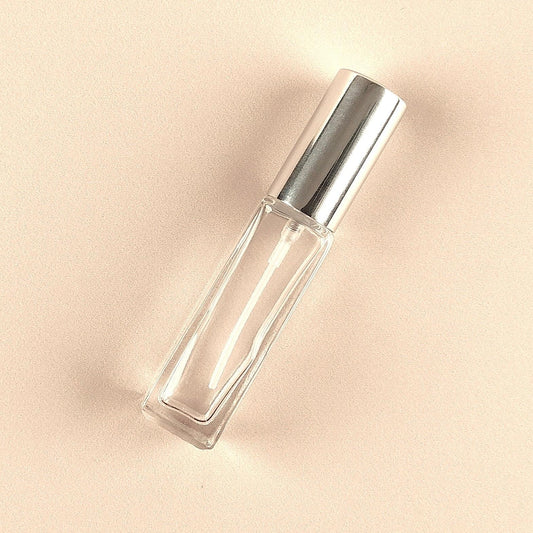
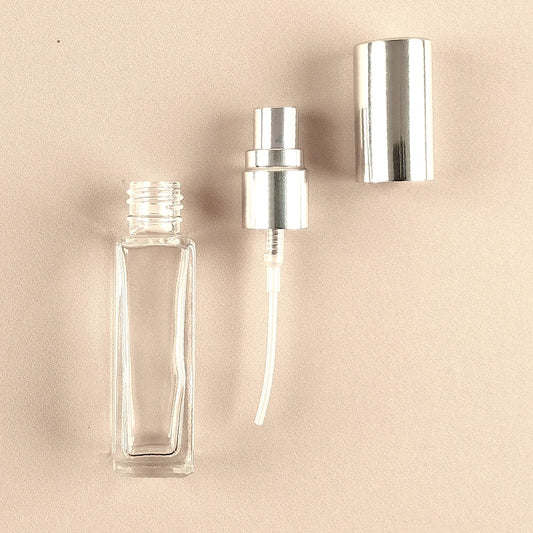
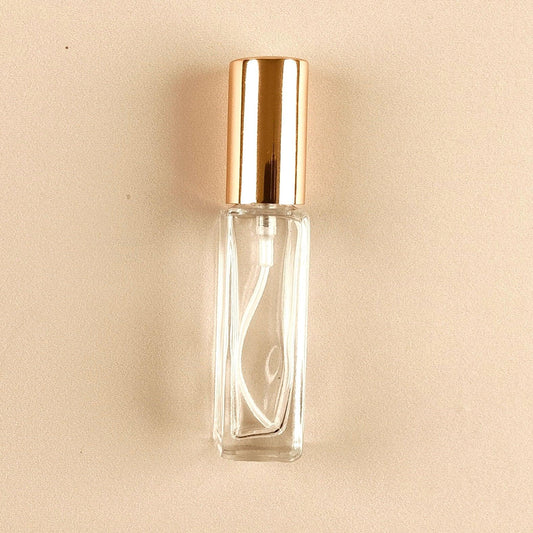
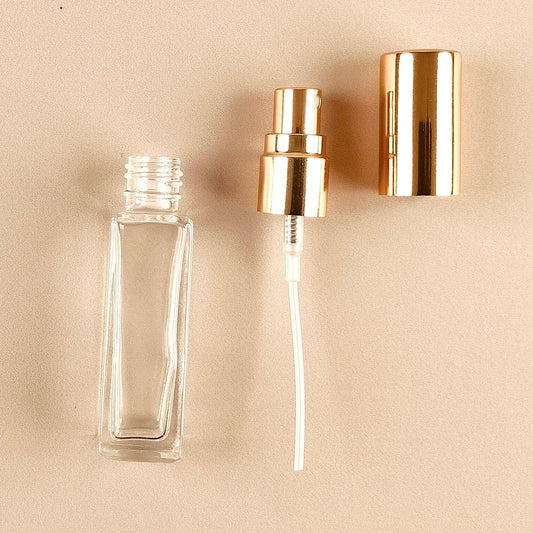
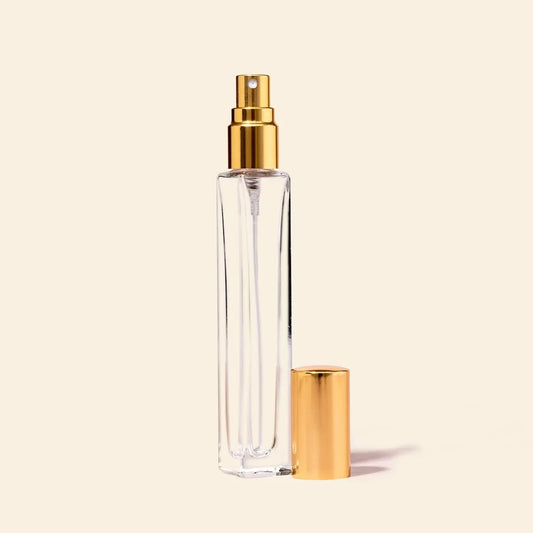

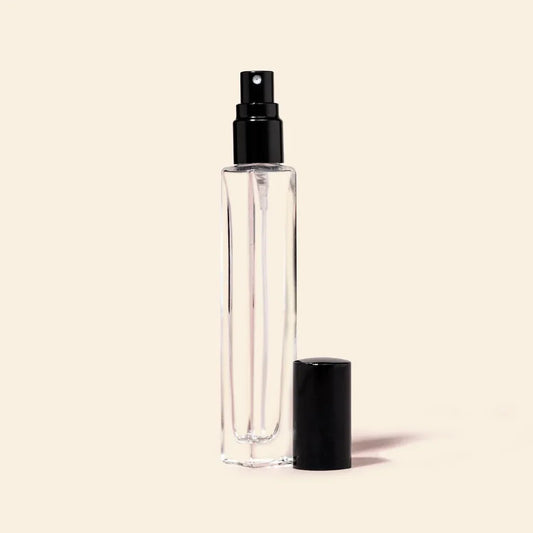
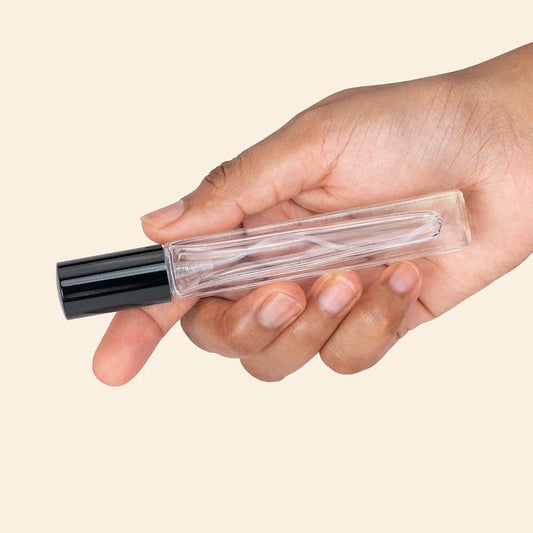
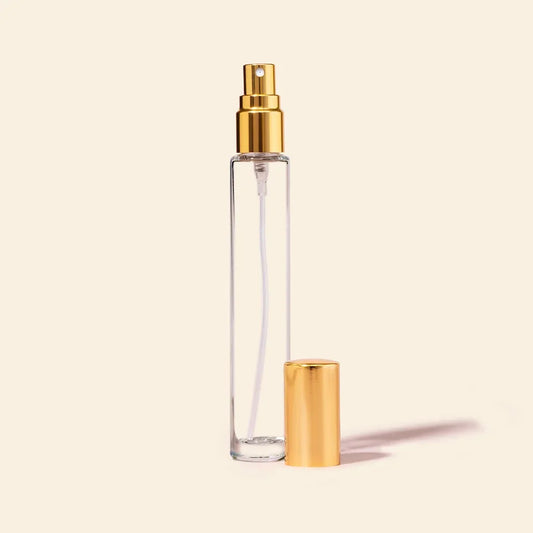

Leave a comment
Please note, comments need to be approved before they are published.